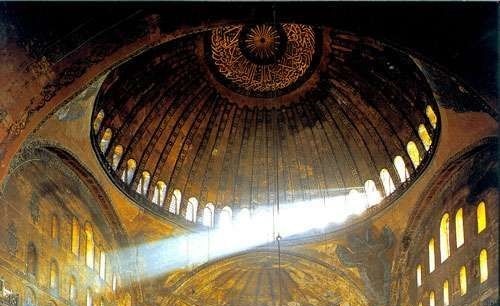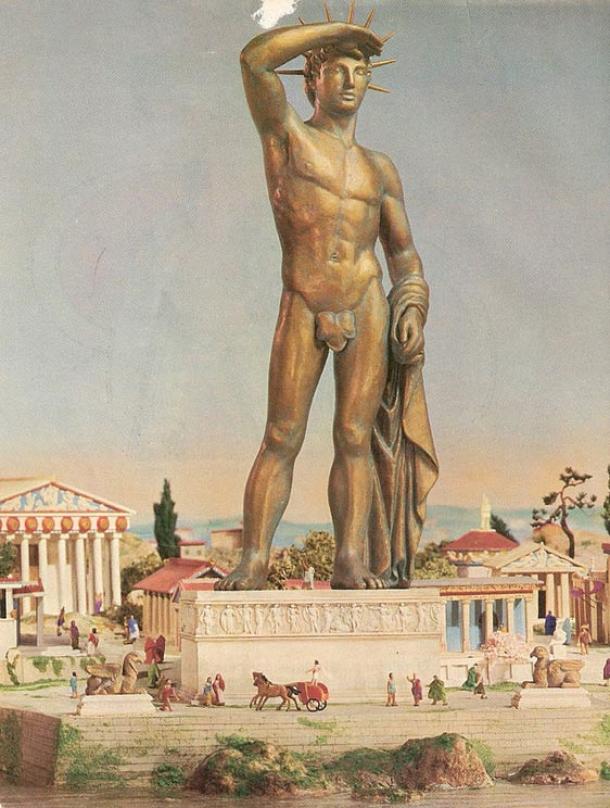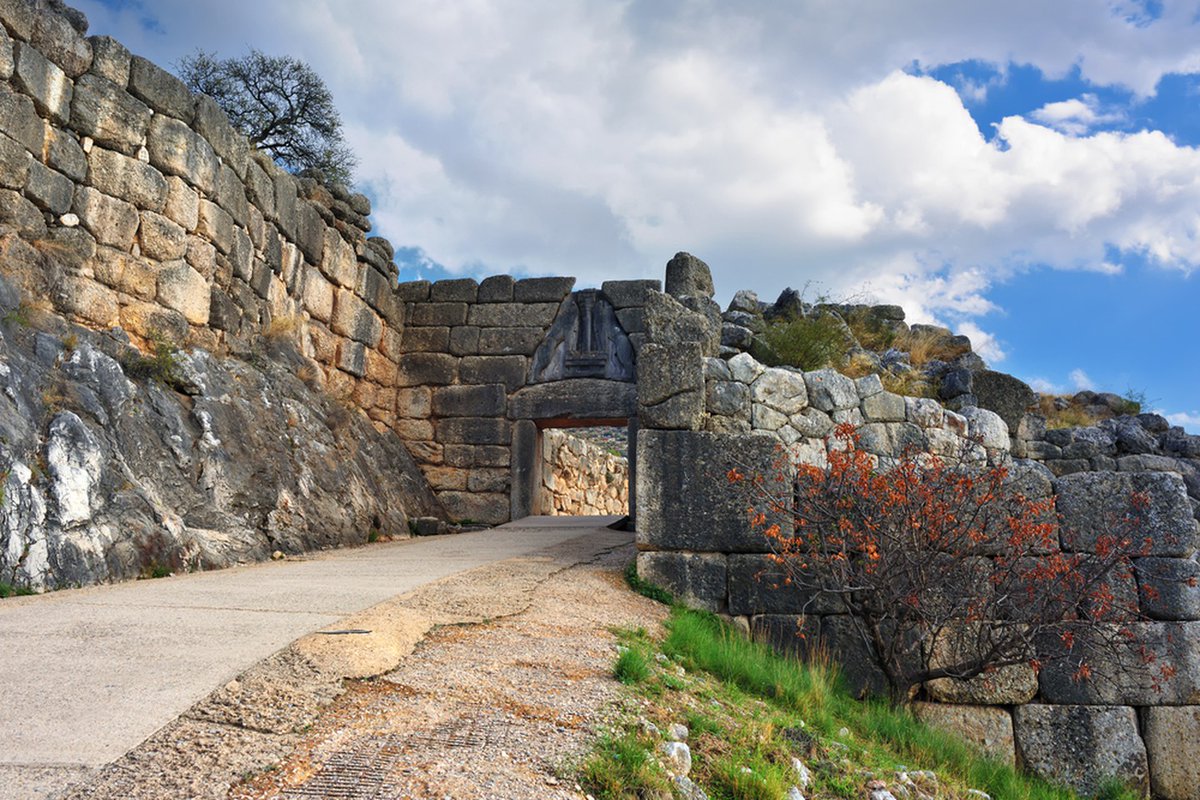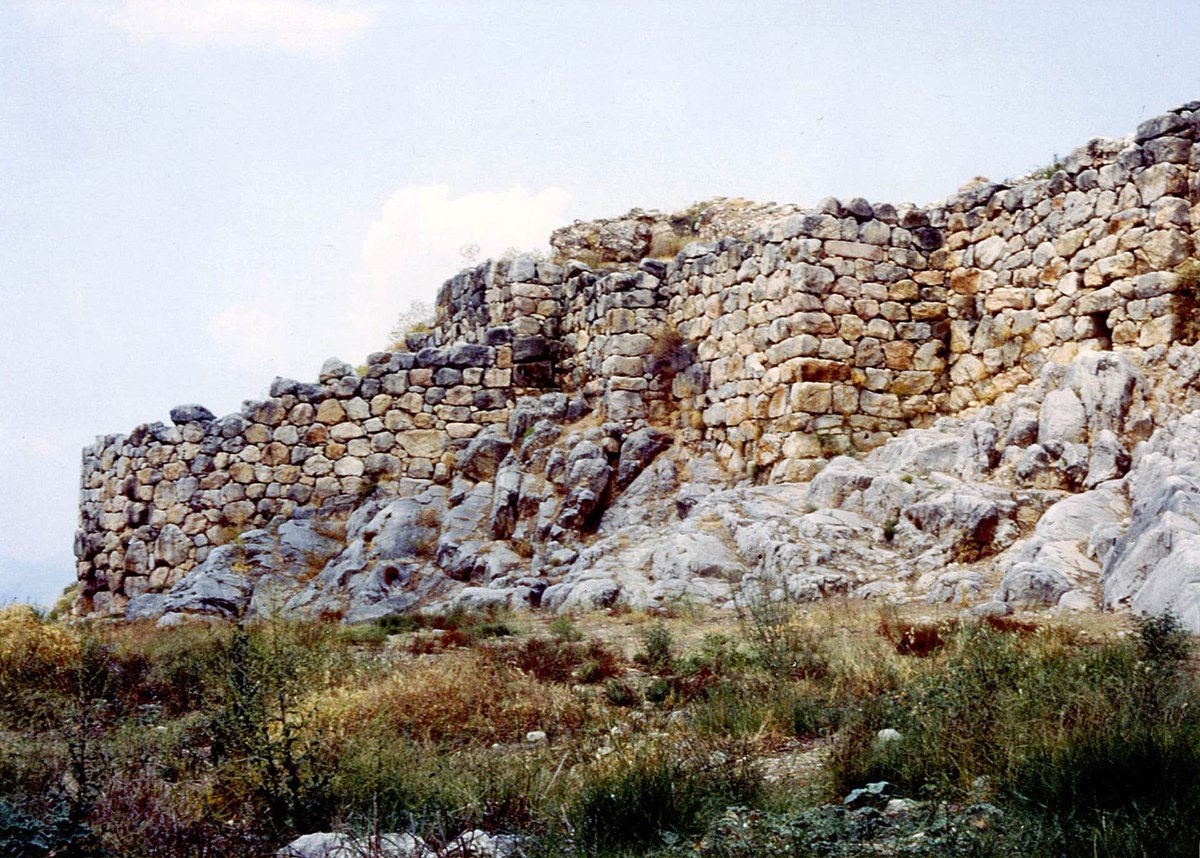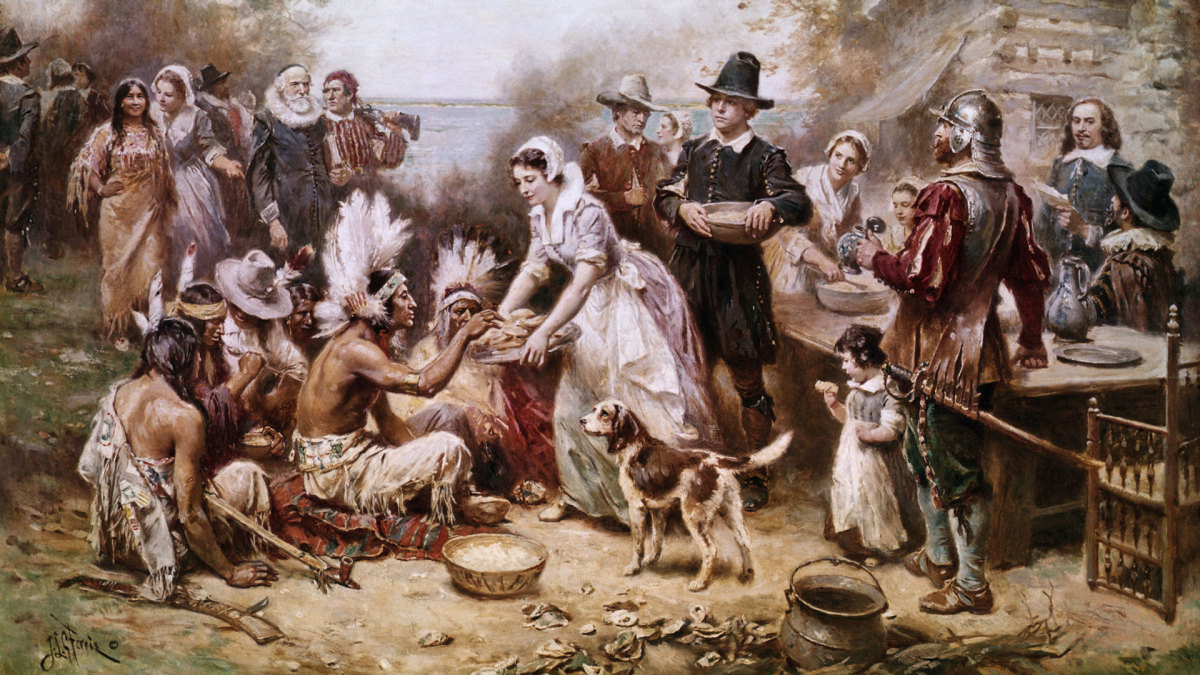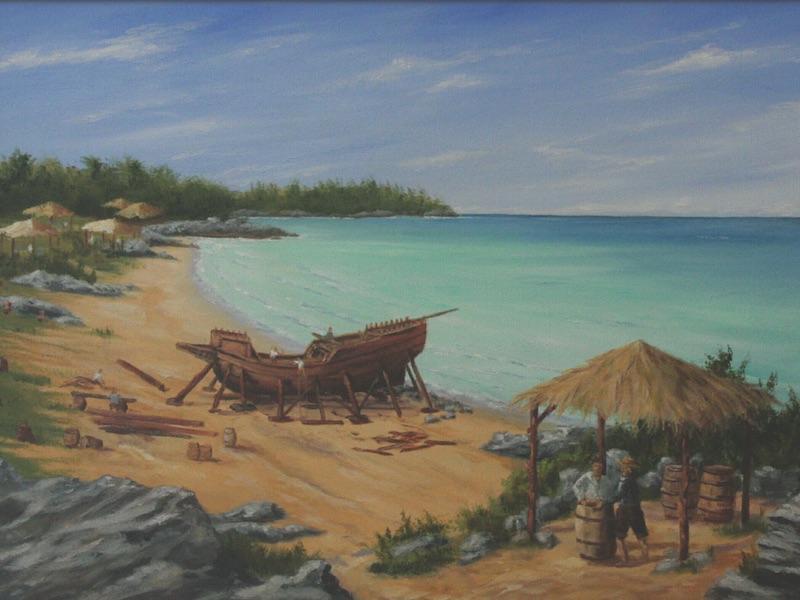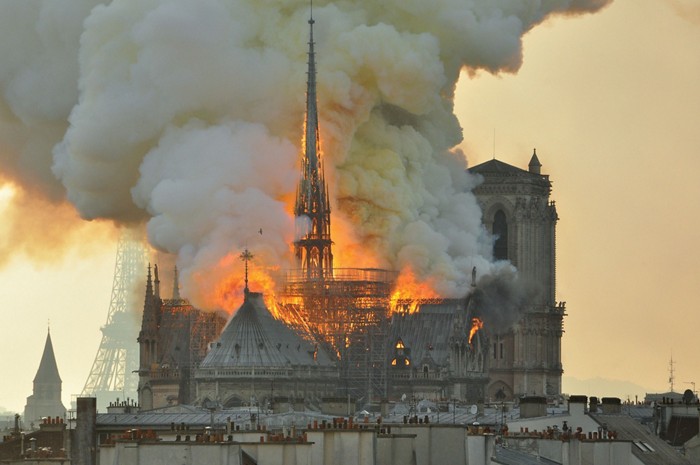
How crop failures in the Soviet Union helped clean up the Great Lakes
In the early 1970s, Russia and the Ukraine had a series of bad harvests, putting the entire USSR at risk of famine. In 1972 the US government agreed to subsidize $300 million in sales of grain.

In the early 1970s, Russia and the Ukraine had a series of bad harvests, putting the entire USSR at risk of famine. In 1972 the US government agreed to subsidize $300 million in sales of grain.


Soviet cargo ships sailed up the St. Lawrence waterway and into Lake Michigan, where they docked at Port of Indiana, a major transshipment point for Midwestern grain. This trade continued through the 70s and into the 80s. 



At the time, the Great Lakes suffered from large algal blooms, owing to the nitrogen in agricultural runoff from the surrounding farmlands. 

The Soviet ships, coming from the Black Sea, deposited Zebra mussels into the lakes from their ballast tanks. These small mussels are an invasive species that eat algae. Over time, they cleaned up the entire lake system. 

The bottom of the lakes are covered in Zebra mussels to this day. This has had other side effects, but the lakes are a lot clearer than they used to be. 

This thread came off a bit more blithe than I intended re zebra mussels—I was really just interested in the connection between distant events—but after reading the sputtering QTs…..no regrets!
• • •
Missing some Tweet in this thread? You can try to
force a refresh






